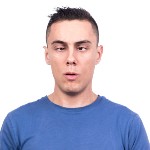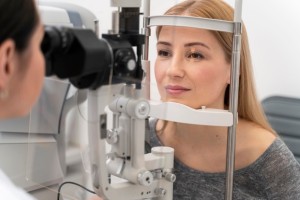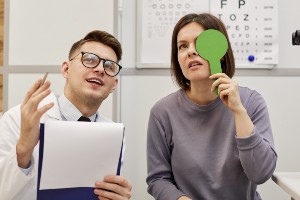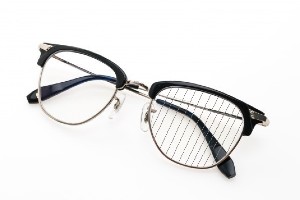Squint Correction
![]()
Strabismus (crossed eyes) or squint is a condition in which both the eyes do not line up with one another. In other words, both eyes are turned in different directions.
It is caused by abnormalities in the neuromuscular control of eye movement, although (less commonly) the cause may be disorder of the external ocular muscles. As a result, the retinal image is not perceived in corresponding areas of both eyes. Most squints are seen in young children. Sometimes squints can develop in older kids or even in adults.
There are different types of squint, depending upon the direction of the eye turning. If the eye turns inwards (towards the nose), it is called Esotropia, outwards (away from the nose), it is known as Exotropia. And when it turns upwards, it’s calledHypertropia or downwards is called Hypotropia.
Symptoms
Eye not straight

Headaches

Eyestrain

Fatigue when reading

Jittery vision

Diagnosis

Retina examination
A thorough retina checkup involves a series of tests to evaluate your vision and eye health which helps to deduct strabismus.

Cover Test
The cover test is used to determine if a heterotropia (i.e. manifest strabismus) is present.

The Hirschberg test
The Hirschberg test is used to assess whether the patient has strabismus and is mostly used on kids / infants.
Treatments
Prompt treatment reduces the risk of condition called as amblyopia or lazy eye. The younger the patient is, the more effective treatment is likely to be.

Eye Exercises
Practicing specific eye exercises is helpful to some extent in treating certain types of squint in adults who face difficulty in reading or complain of blurred vision after short periods of near work.
Prism Eyeglasses
Strabismus in adults may also be treated by prescribing them prism eyeglasses that correct double vision to some extent. The prism eye glass is a wedge shaped clear lens that refracts light rays. These eyeglasses realign images together so that the eyes can see one image at a time.


Squint Eye Procedure
The most common treatment for Strabismus is a simple procedure. The alignment of the eyes is restored by loosening, tightening or repositioning the eye muscles on one or both eyes. It can help the eyes to fuse the image from both eyes, resulting in both a cosmetic and functional cure.
Clearer Vision is Just a Click Away!
Get yourself cared by the most experienced specialists

